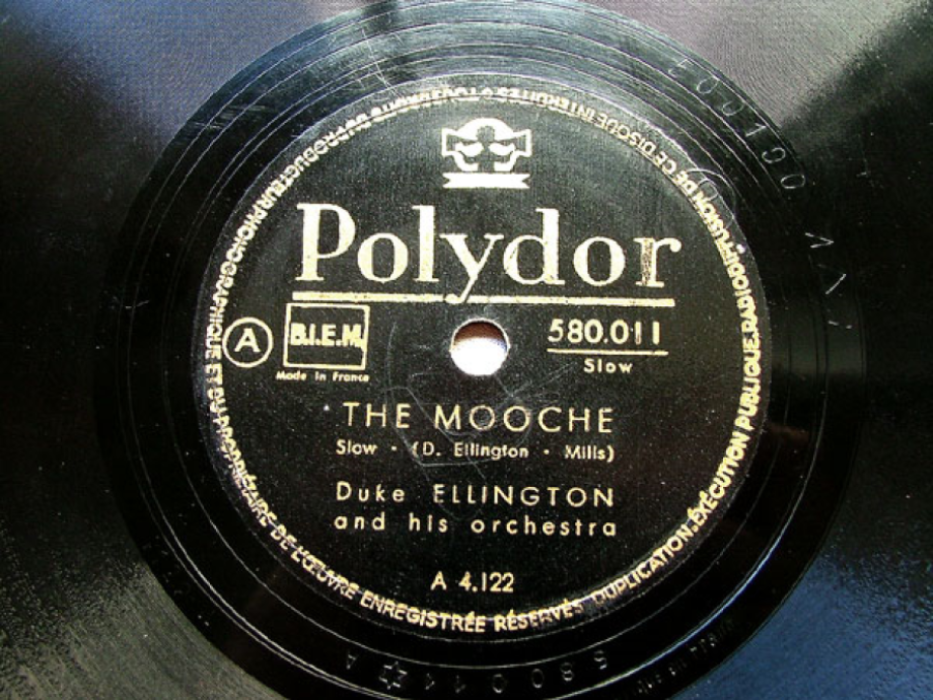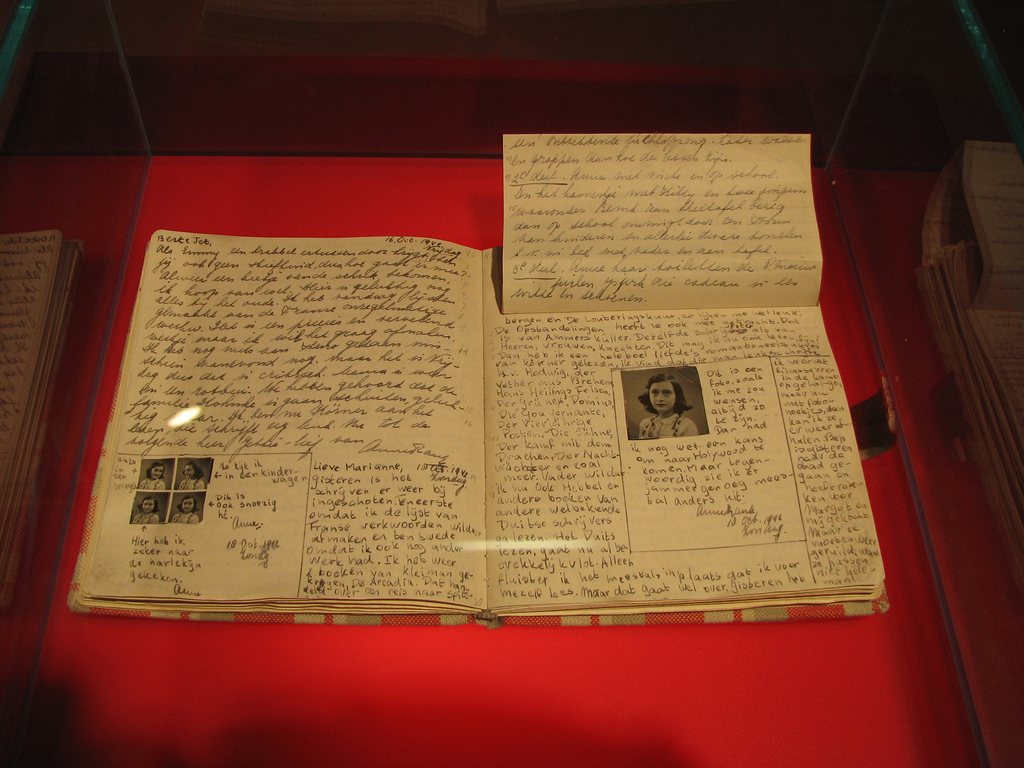In addition to starting a new calendar year, January 1st marks “Public Domain Day” when copyright restrictions expire for a new batch of artworks, thereby allowing new audiences to view them more easily and new artists to adapt them without needing special permission from the copyright holder. This year, the United States saw certain works from Buster Keaton, Gertrude ‘Ma’ Rainey, Duke Ellington, Virginia Woolf, Agatha Christie, and more enter the public domain, including the classic jazz song “Sweet Georgia Brown” and F. Scott Fitzgerald’s famous book The Great Gatsby.
On the one hand, it might seem like increasing accessibility to cultural artifacts is simply obviously good; given how many high school English classrooms rely on battered copies of Fitzgerald’s story, for example, we can see immediate benefits (both aesthetic and practical) to making it easier and cheaper to purchase new books. But, taken to its logical conclusion, this kind of argument seems to suggest that it might always be necessary for artworks and artifacts to be so accessible. If Gatsby really is so valuable, and if it is so embedded within American culture that it is often called “the great American novel,” then why should Americans have had to pay to read it in the first place? Put differently: why is The Great Gatsby only just now entering the public domain?
In brief, the concept of a copyright offers two related basic protections:
- It ensures that artists are compensated for the work that they perform, in a way that
- Ensures that society will continually benefit from the work of new artists (who, following from (1), will feel free to pursue their art).
This is why, for example, the Constitution specifically grants Congress the power to “promote the progress of science and useful arts, by securing for limited times to authors and inventors the exclusive right to their respective writings and discoveries.” Basically, in theory, copyrights work to level the social playing field a bit so that artists can (at least potentially) enjoy sufficient financial security to be able to practice their art. In effect, this makes copyrights a matter of social justice, since the people who benefit from these protections the most are precisely those from less-affluent or otherwise disadvantaged backgrounds. Although F. Scott Fitzgerald was not exactly socially disadvantaged, the person aiming to write the next great American novel could easily be discouraged from doing so without the hope of protected financial recompense for their labor offered by the copyright system. That is to say: aspiring writers might instead spend their energy towards non-artistic ends if their Gatsby was to simply immediately enter the public domain without helping the writer to, say, buy groceries.
To illustrate, imagine two people who both have an interest and talent for music: Thomas is born to a wealthy family in Hollywood, while Susan grows up in a lower-middle-class family in the Ozarks. Even if copyrights don’t exist, Thomas still has the luxury to pursue his art to his heart’s content: his family’s wealth offers him a level of comfort that shields him from the risk of “wasting time” on a hobby with no guarantee of compensation. The same cannot be said of Susan so easily: while she might still have plenty of personal reasons for playing music on her own, if the realities of her social position, say, require her to work a full-time job in order to provide for basic necessities, then she would be taking on considerable risk to herself if she instead chooses to devote her time to her art without any real guarantee that her music could offer her a profitable career. In principle, copyright laws offer Susan the promise of some financial protection such that if her art ends up becoming profitable, then she will be able to uniquely enjoy the monetary fruits of her labor without other artists being allowed to copy her work (at least for a time); it’s true that Thomas gets this benefit too, but notice that it doesn’t really affect him — he already had the financial protection to do as he liked with his art in the first place.
So, philosophically speaking, copyrights serve as a mechanism to help underwrite the kind of equality that John Rawls talks about with his first principle of justice: in explaining his view of a free and fair, egalitarian society in A Theory of Justice, Rawls argues that “each person is to have an equal right to the most extensive total system of equal basic liberties compatible with a similar system of liberty for all.” Insofar as copyrights can serve to more fairly distribute opportunities to develop artistic skill and create artworks, they might be thought of as components of a just society. Without protections like this in place, it would become, in principle, roughly impossible for anyone not born into privilege to pursue a career in the arts.
It’s worth noting that this is also why artists cannot copyright “generic concepts” or natural elements of normal life: a copyright is only valid for unique artistic creations. In mid-2020, the estate of Sir Arthur Conan Doyle sued Netflix over the depiction of Sherlock Holmes in its film Enola Holmes; while many of Doyle’s stories involving the character of Holmes have entered the public domain, they all tend to present Holmes as a generally cold and unemotional person. Because it is Doyle’s later stories (that are still under copyright) that see Holmes display more warmth and kindness, the caring demeanor the detective shows his younger sister in the Netflix film provoked the copyright-holder to sue. However, the generally-ridiculed lawsuit was settled out of court in December, presumably because “warmth and kindness” are hardly unique artistic creations.
But this also evidences the problem with the other side of copyright laws: artworks are importantly different than commodities or other products for sale. Fitzgerald and Doyle weren’t just “doing their jobs,” for example, when they wrote The Great Gatsby and the Sherlock Holmes stories: they were effectively contributing to the cultural fabric of our society and the artworks that we collectively use to texture our social fabric with shared points of understanding and reference. It might be argued that, just as “warmth and kindness” are ubiquitous to the point of being un-copyrightable, the cultural familiarity of a character like “Sherlock Holmes” is (or is becoming) similarly un-copyrightable.
Such is the argument for “Public Domain Day.” Only the most radical defenders of the public domain would argue that copyrights are, in principle, problematic: indeed, artists both need and deserve to be secure to create their art (consider also: how else might audiences expect to come by new art to appreciate?). However, over time, the sedimentation of individual artifacts into the cultural consciousness makes a unique property claim on them less clearly valid — particularly after the original artist’s death. Though details differ by country, it is common now for copyrights to extend (in general) for either fifty or seventy years after the death of the artist, allowing both the original creator and their dependents to uniquely benefit from the artwork for a limited amount of time before legal ownership of the artifact is distributed collectively.
Rawls also carves out a space for thinking about copyrights in this way within his Difference Principle that allows for some individuals to benefit more than others if that inequality also serves to benefit the least advantaged in society: presumably promoting the further and continued creation of new artworks (as copyrights are designed to do) is just such a public benefit. But once the general welfare is no longer upheld by the existence of a copyright, it would be just for the copyright to dissolve — as indeed we see demonstrated and celebrated each year on Public Domain Day.
(A crucial note: you may have noticed my repeated hedging in previous paragraphs as I have defended copyright law “in principle” or “philosophically.” This is because the actual practice of copyright law in the United States is fraught with problematic and unfair issues that Rawlsian principles of justice would struggle to support. Indeed, the extension of copyright terms seen in the last few decades, the corporate interests apparently motivating such legislation, and other threats to a shrinking public domain (as well as unique questions posed by new forms of art and media) are all issues that deserve both philosophical and legislative attention in a way that is far more complicated than the simple picture I’ve sketched in this short article!)
Still, copyrights play an important part for anyone looking to protect the financial interests they have bound up in their art; for the rest of us, Public Domain Day grants us the green light to continue bearing back into the past to bring it forward into today.


